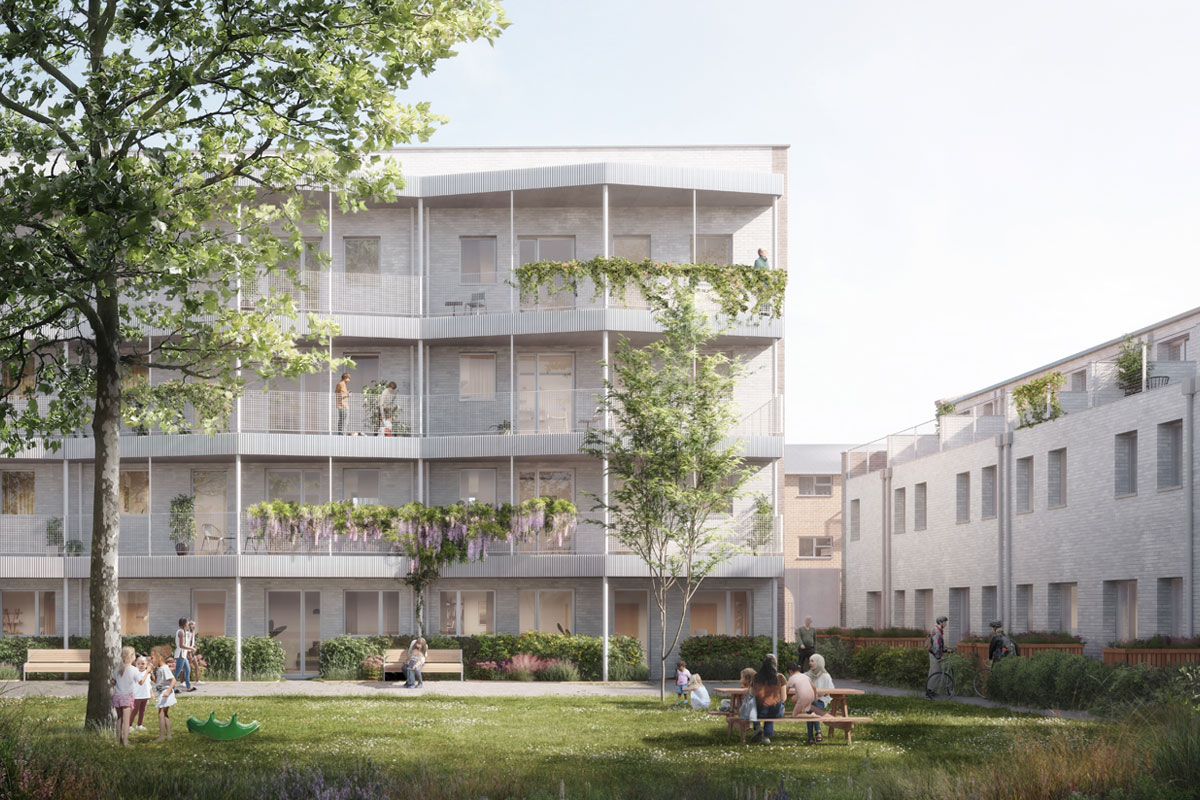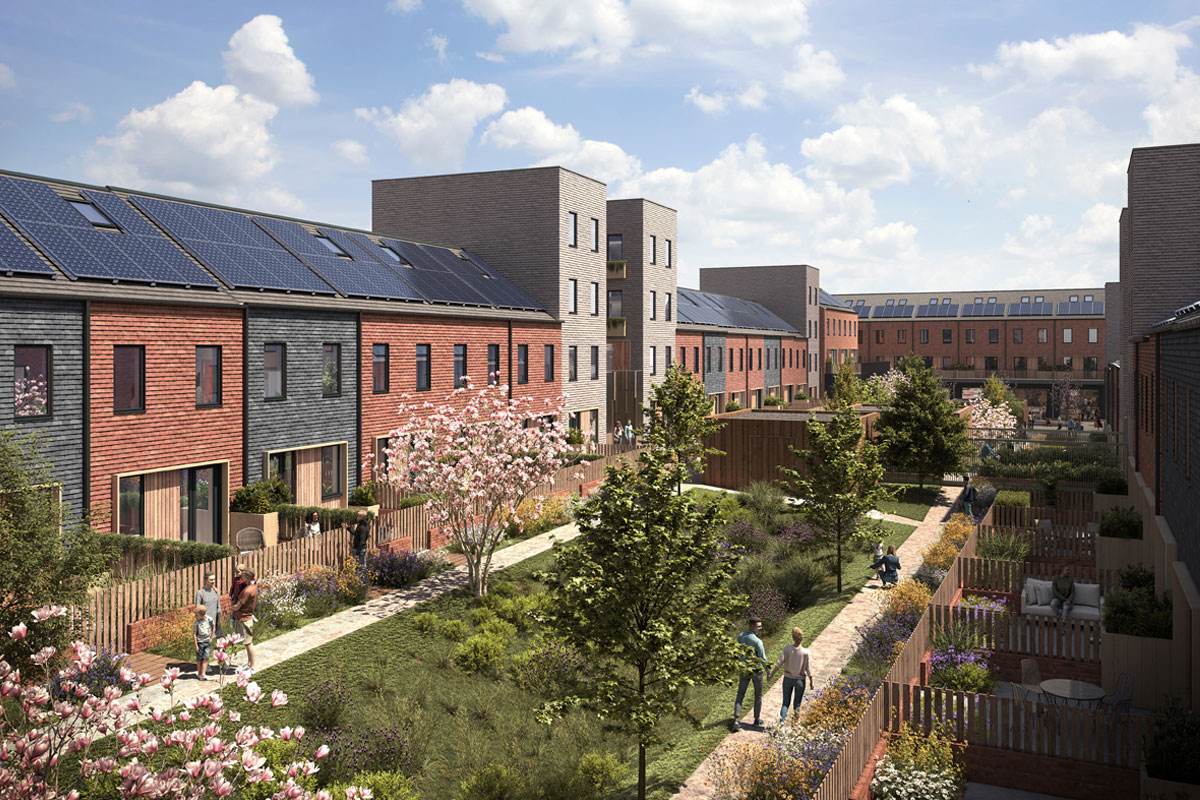4th February 2021
BUILT WITH, FOR AND BY CHILDREN
4th February 2021
BUILT WITH, FOR AND BY CHILDREN
Share
What would happen if we let children build our town centres? The TOWN team, along with BlockBuilders, did just that in Wolverton during the design process for Love Wolverton – a proposed development of 115 homes that has just gone in for planning. Well not quite brick by brick but in a virtual world called Minecraft.
Anyone with kids will know a lot about Minecraft – the insanely-popular game where users can use blocks to build pretty much anything. And using Minecraft, the social enterprise BlockBuilders engages young people in designing places – making the most of a platform that children are much more skilled at than adults. Some of the projects BlockBuilders have worked on with children and young people include constructing highways for the Department of Transport and building castles for Heritage England.
So what happened when we asked a classroom of 11-year-olds to build their own town centre in Wolverton?
Did we end up with water slides, zipwires and trampolines? You bet. But we also ended up with pedestrian-friendly streets, a restaurant with green walls, community-focused public realm, gardens with space for food growing and relaxation, and a plant nursery.
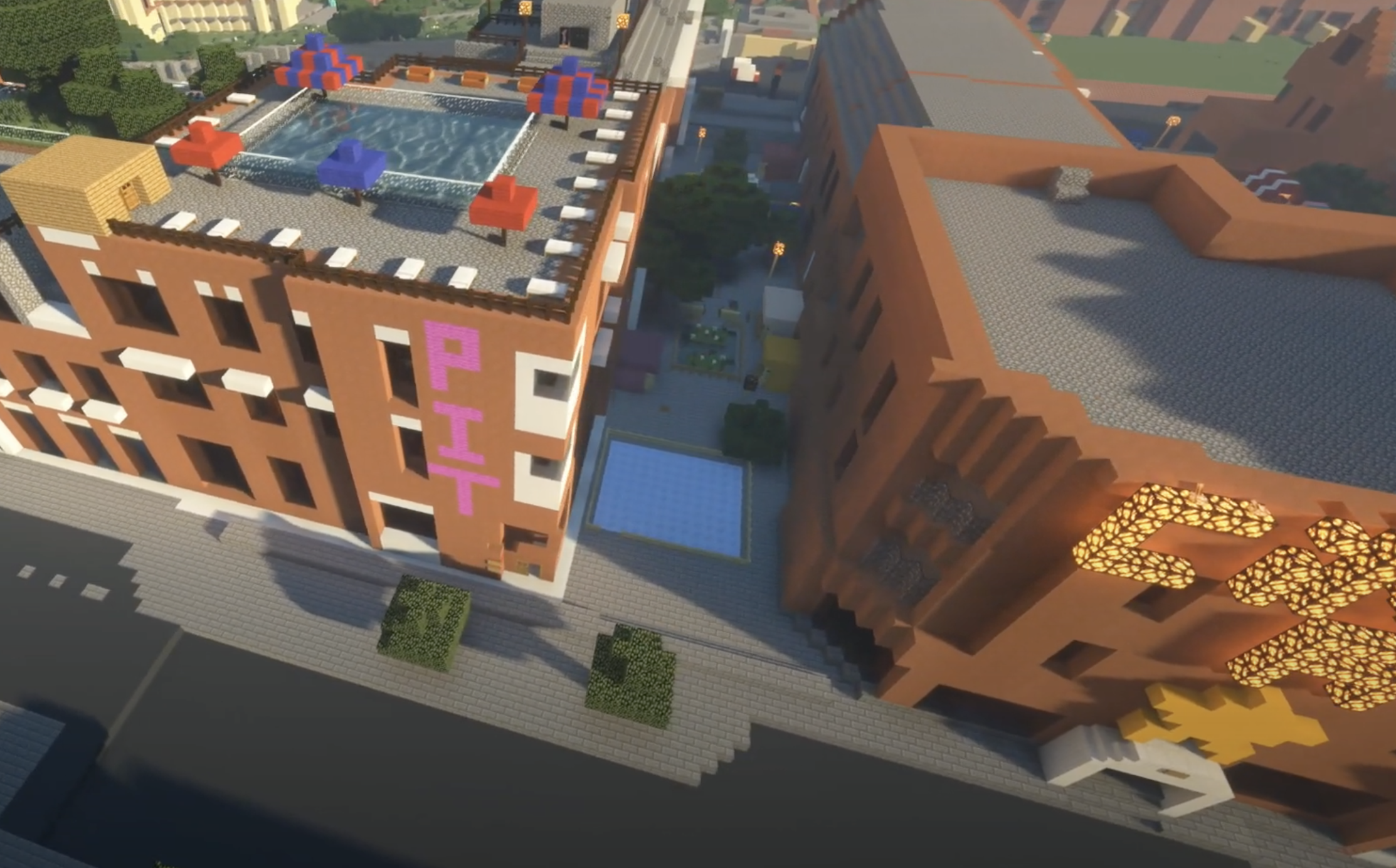
Image 1: A car-free street in Wolverton as built by local schoolchildren in Minecraft
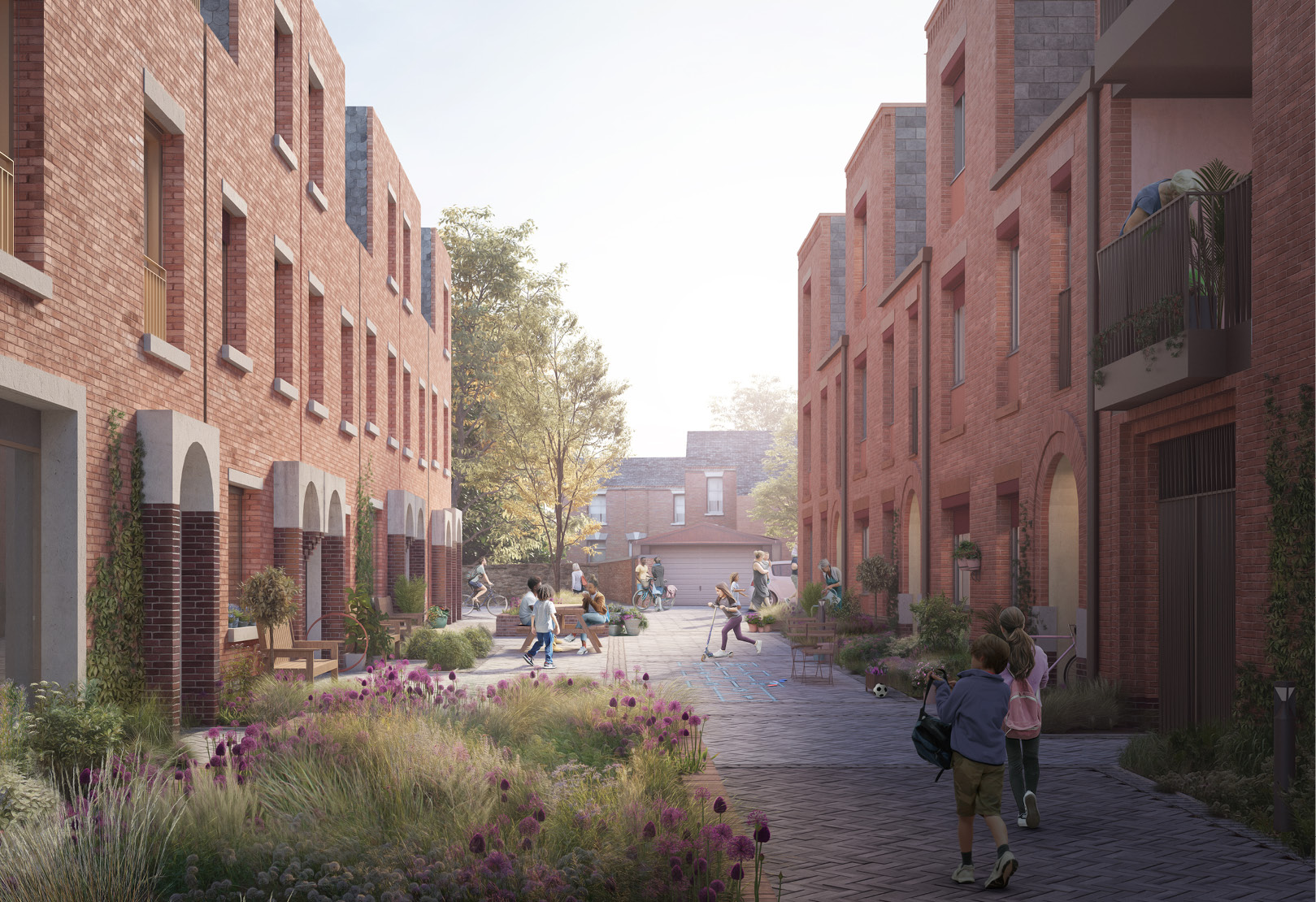
Image 2: CGI of car-free streets in Wolverton for the Love Wolverton development
The Minecraft workshops in Wolverton gave young people the opportunity to help shape the future of their town centre, and there was no need for them to wear suits or use any industry jargon for their voices to be heard. Children don’t know what profit on cost is and frankly they don’t care. But they will appreciate a nice bit of street where they can draw with chalk and roller blade. That is not to say we abandon profit and build Disneyland. But focusing on the simple things like a safe, green and sociable street doesn’t need to cost a lot.
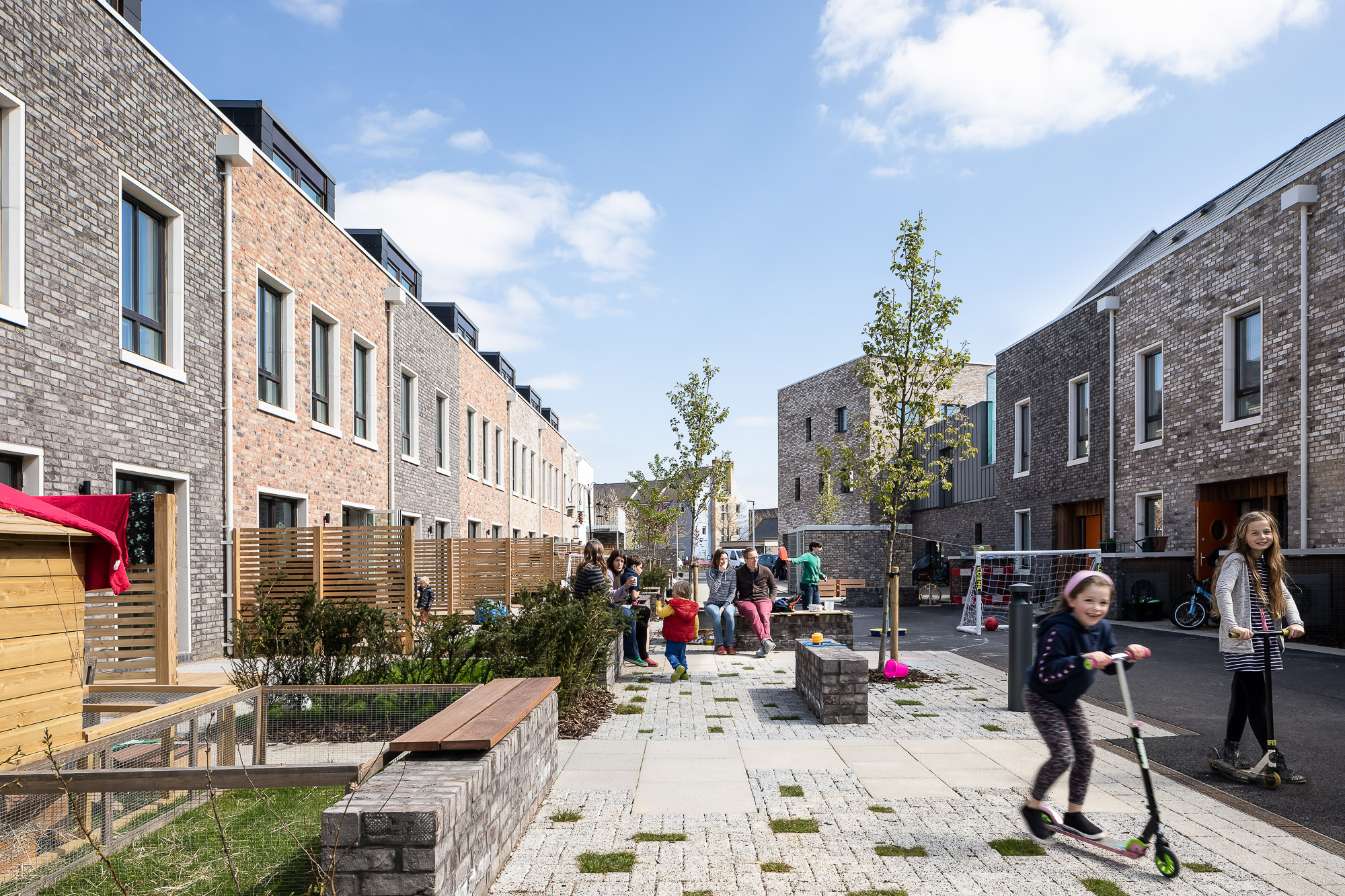
Image 3: Marmalade Lane built for and with children
The simple things
On one of our other projects, planning a new quarter for North Cambridge, we invited Tim Gill, an expert on child-friendly urban design to lead a workshop to explore how to make a place that puts young people first. The conversation often revolved around the simple things in life. Children enjoy activities that involve some of the most low-tech forms of movement that come naturally to us – walking, running and climbing. A low wall to walk on. Stairs to climb. A window sill to sit on. Something that doesn’t involve sitting in a car in a traffic jam.
When we asked local school students in Wolverton what is their favourite local hang-out, the overwhelming response was McDonald’s. This might feel a little depressing, but is it so surprising? McDonald’s, in the same way as shopping centres, offers more than a burger and milkshakes. It also offers shelter, toilets, safety, privacy balanced with being in a public place, and the ability to hang out in a public space without being accused of loitering.
Building with teenagers in mind
When we build new places we always think about creating space for cars. We’re often given a ratio of car parking spaces to residential dwellings by local authorities as a requirement of planning consent and it is a given that a number of these spaces will be provided within the development, irrespective of the effect on profitability. The same does not apply to teenagers. Instead we’re designing devices like the Mosquito which emits a high frequency sound that can only be heard by young people and is made to deter them from spending time in an area. What if instead of chasing teenagers away we created space for them in our cities by requiring the equivalent of a car parking space for every residential unit to be provided as space for adolescents within publicly accessible space. Cars are dead. Teenagers are not. So who are we going to build for?
“The vision should be a city where we are able to see children and young people outside, in small and larger sized groups, on foot, bicycles, scooters or wheelchairs,” as Dinah Bornat, co-founder of ZCD Architects and Mayor’s Design Advocate, sets out in the report on Making London Child-friendly. That requires listening to children and young people’s needs and fears, desires and dreams. It also means treating children as a key stakeholder group that has the most to gain and lose from a new development. Just like cars are dead, the adults planning new places today will likely be dead before today’s children and it is the children that will be left to deal with the consequences of how we chose to build places today.
Can you teach an old dog new tricks?
Building compact, walkable, cyclable, safe and green neighbourhoods means building child-friendly cities but it also means building for sustainable cities. This is also where children’s views often diverge from those of adults during consultations according to Megan Leckie from BlockBuilders: “The most common thing we get lately is green infrastructure and sustainability. Young people are so switched on to this.” Even children driven to schools by their parents still ask for car-less cities or tax on petrol and diesel cars in the city centre.
The property development sector has a tendency to do things the way they’ve been done for decades. Children on the other hand are not constrained by past experiences. Designing, planning and building with and for young people creates an opportunity to undo past mistakes. Mistakes that have become so embedded in our culture we no longer see the wood for the trees. As Megan puts it: “Adults might not change their minds, but kids will.”

